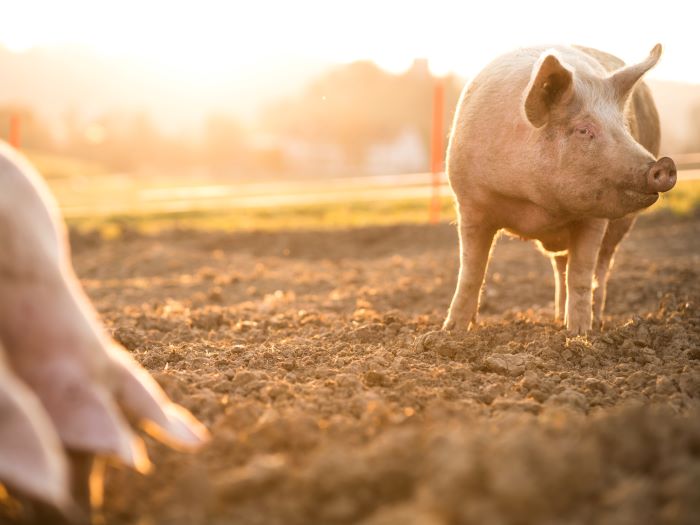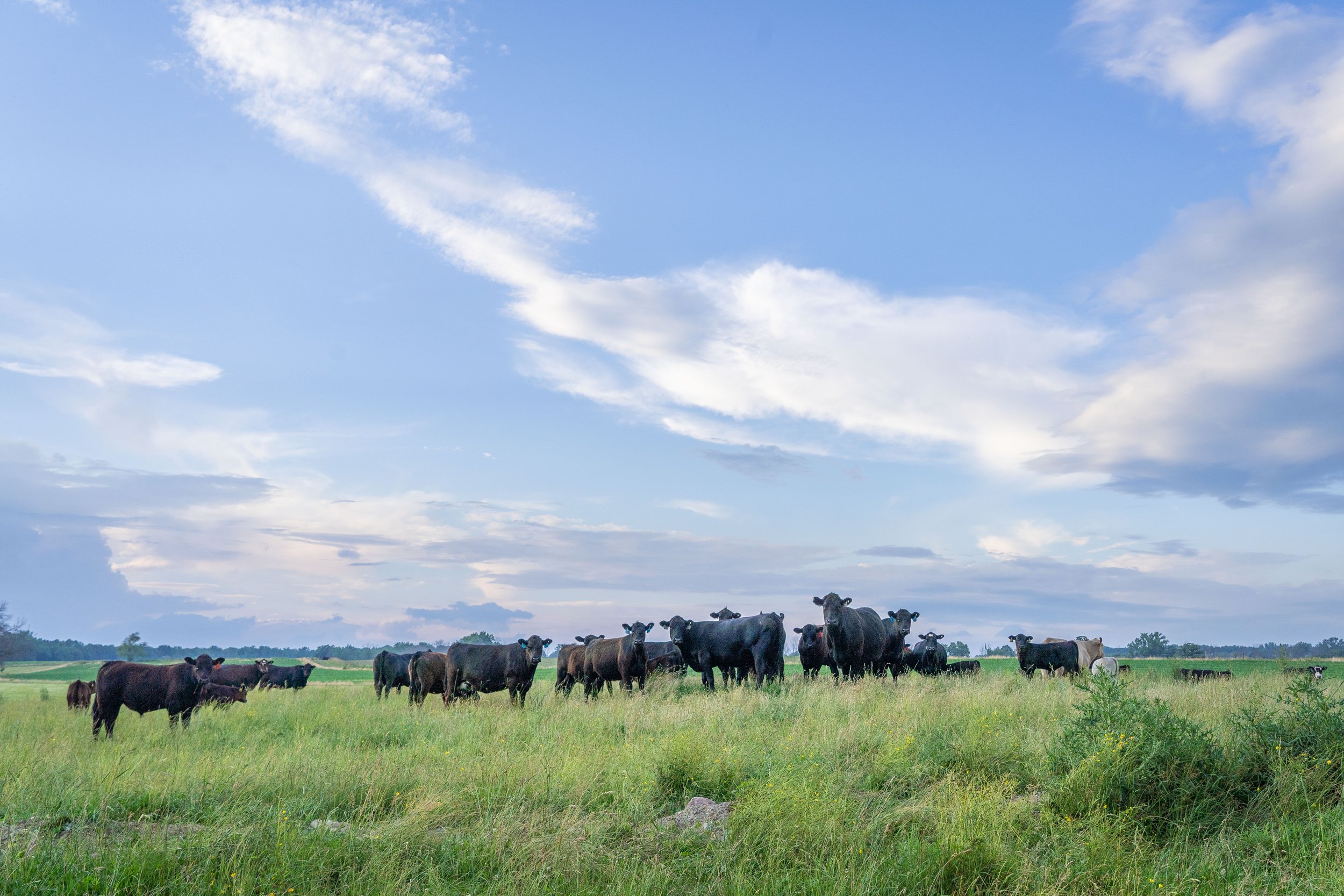Strategic Collaborations for Resilience: Bagley Risk Management
Strategic Collaborations for Resilience: Bagley Risk Management
Blog Article
Key Variables to Take Into Consideration When Deciding On Animals Risk Defense (LRP) Insurance Coverage
When evaluating options for Livestock Risk Protection (LRP) insurance coverage, numerous key variables necessitate mindful consideration to ensure efficient risk administration in the agricultural industry. Picking the right protection options tailored to your certain livestock procedure is critical, as is recognizing exactly how exceptional costs correlate with the level of security supplied.
Protection Options
When taking into consideration Livestock Threat Security (LRP) insurance policy, it is important to comprehend the various protection options readily available to mitigate risks in the farming market. Animals Risk Protection (LRP) insurance policy offers various protection options tailored to satisfy the varied demands of animals producers. Bagley Risk Management. One of the primary protection alternatives is cost protection, which secures against a decline in market value. Producers can pick the insurance coverage level that straightens with their price risk administration objectives, enabling them to safeguard their procedures against potential economic losses.
One more crucial protection option is the recommendation period, which establishes the size of time the insurance coverage holds. Manufacturers can select the recommendation duration that ideal fits their production cycle and market problems. Furthermore, coverage levels and prices vary based upon the sort of livestock being guaranteed, offering producers the flexibility to tailor their insurance coverage prepares according to their details demands.
Recognizing the various insurance coverage options available under Livestock Risk Security (LRP) insurance coverage is essential for manufacturers to make enlightened decisions that efficiently shield their livestock operations from market uncertainties.
Costs Costs

Animals Danger Defense (LRP) insurance policy supplies essential insurance coverage alternatives tailored to reduce dangers in the farming market, with a considerable facet to think about being the computation and structure of premium prices. When determining premium expenses for LRP insurance policy, numerous factors enter play. These consist of the type and variety of animals being guaranteed, the insurance coverage degree picked, the current market value, historical rate information, and the length of the insurance coverage duration. Insurers may also consider the area of the ranch, as geographic variables can influence the overall threat profile.
Insurance firms analyze historic data on animals costs and production expenses to identify a suitable costs that shows the level of threat involved. It is important for animals producers to thoroughly evaluate premium costs and protection choices to guarantee they are sufficiently protected against potential economic losses due to negative market conditions or unpredicted events.
Qualified Livestock
The decision of qualified livestock for Animals Risk Protection (LRP) insurance policy coverage involves careful factor to consider of particular standards and qualities. Livestock kinds that are usually qualified for LRP insurance coverage include feeder cattle, fed lambs, swine, and livestock.
Feeder cattle, as an example, are frequently qualified for LRP insurance coverage if they drop within specified weight arrays. Fed livestock may likewise be qualified, yet they must fulfill original site certain weight and top quality grade requirements. Swine eligible for protection generally consist of market weight pets intended for slaughter. Lambs are an additional group of animals that can be thought about for LRP insurance coverage, with aspects such as weight and age playing an important duty in identifying their qualification.
Before selecting LRP insurance for animals, producers need to meticulously review the eligibility standards outlined by the insurance service provider to guarantee their animals meet the required needs for insurance coverage.
Plan Flexibility
Plan flexibility in Animals Risk Security (LRP) insurance coverage enables producers to tailor protection to fit their certain requirements and risk administration techniques. This flexibility empowers livestock producers to tailor their insurance plan based upon aspects such as the type of animals they possess, market conditions, and individual threat tolerance levels. One vital element of policy flexibility in LRP insurance coverage is the capability to select coverage levels that straighten with the producer's monetary goals and take the chance of direct exposure. Manufacturers can choose insurance coverage levels that shield them against potential losses because of changes in animals rates, ensuring they are effectively guaranteed without overpaying for unnecessary coverage. Additionally, LRP insurance policy offers flexibility in plan duration, enabling producers find out here now to select insurance coverage durations that ideal fit their manufacturing cycles and marketing timelines. By providing customizable options, LRP insurance enables manufacturers to efficiently manage their risk exposure while guarding their livestock operations against unforeseen market volatility.
Cases Process
Upon experiencing a loss or damages, manufacturers can start the insurance claims procedure for their Animals Danger Defense (LRP) insurance policy by promptly contacting their insurance provider. It is critical for manufacturers to report the loss as quickly as feasible to expedite the claims procedure. When connecting to the insurance coverage copyright, manufacturers will certainly require to give comprehensive information regarding the incident, consisting of the date, nature of the loss, and basics any kind of appropriate paperwork such as veterinary documents or market costs.

After the assessment is total, the insurance company will make a choice pertaining to the claim and communicate the result to the manufacturer. The producer will get compensation according to the terms of their Animals Threat Protection (LRP) insurance coverage plan if the insurance claim is approved. It is vital for producers to be aware of the insurance claims process to make certain a smooth experience in case of a loss

Final Thought
Finally, when choosing Animals Risk Defense (LRP) insurance, it is important to consider insurance coverage alternatives, premium prices, qualified animals, policy adaptability, and the cases procedure. These key factors will help ensure that farmers and breeders are properly safeguarded versus potential dangers and losses related to their livestock operations. Making a notified choice based upon these considerations can inevitably bring about much better economic protection and comfort for animals manufacturers.
Livestock Danger Protection (LRP) insurance provides different insurance coverage options tailored to meet the varied demands of livestock producers.The determination of qualified livestock for Animals Danger Security (LRP) insurance protection entails careful factor to consider of certain standards and features.Policy versatility in Animals Risk Security (LRP) insurance permits manufacturers to tailor protection to match their details demands and run the risk of monitoring approaches.Upon experiencing a loss or damages, manufacturers can initiate the cases process for their Livestock Danger Security (LRP) insurance coverage by without delay contacting their insurance policy service provider.In final thought, when choosing Livestock Danger Protection (LRP) insurance, it is essential to take into consideration insurance coverage options, premium expenses, eligible livestock, policy versatility, and the insurance claims procedure.
Report this page